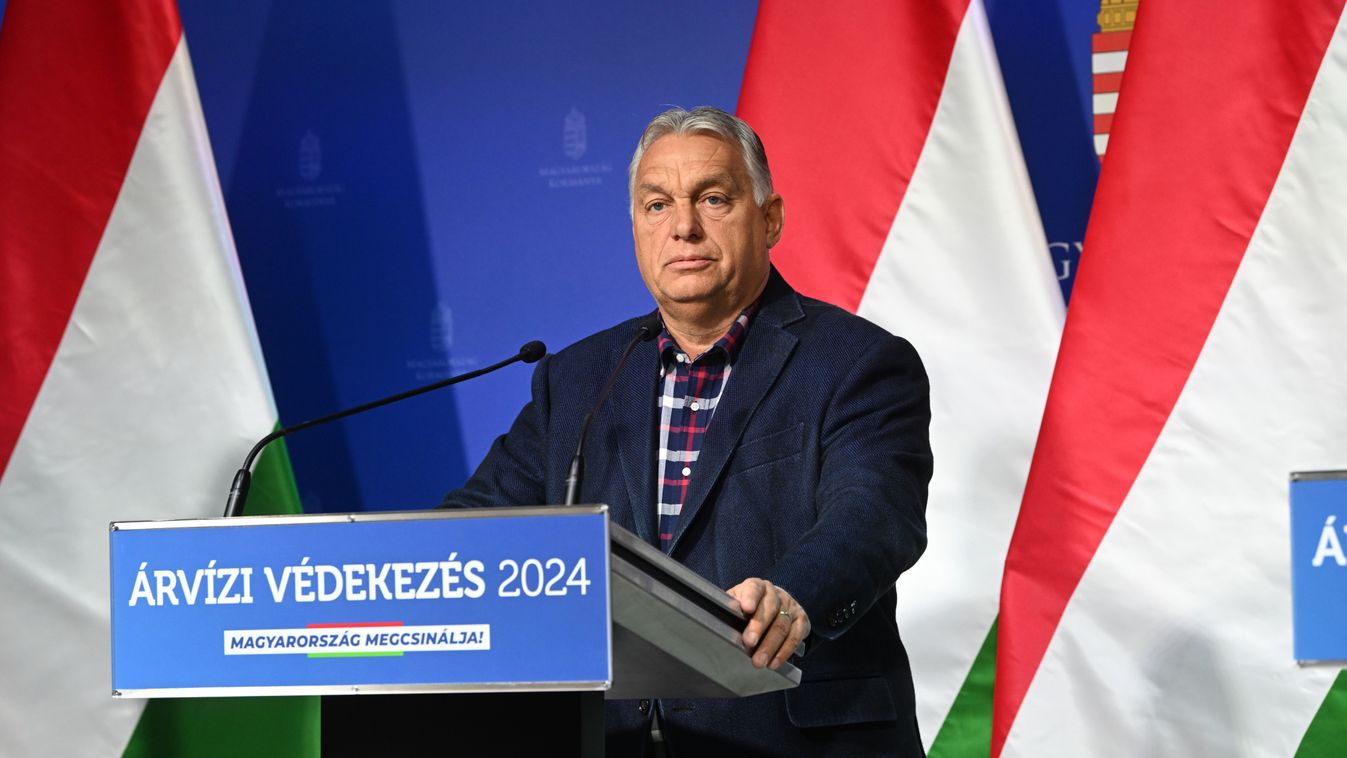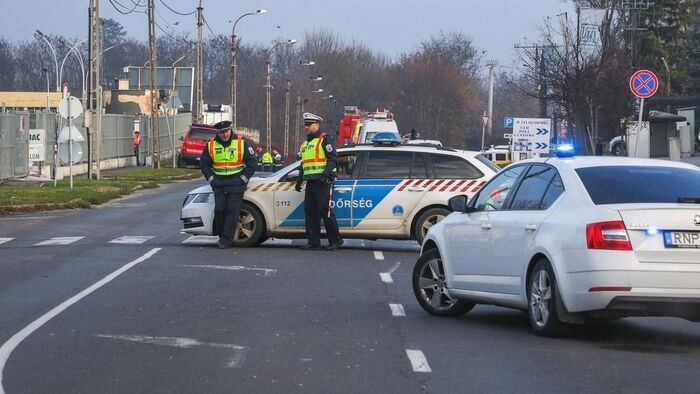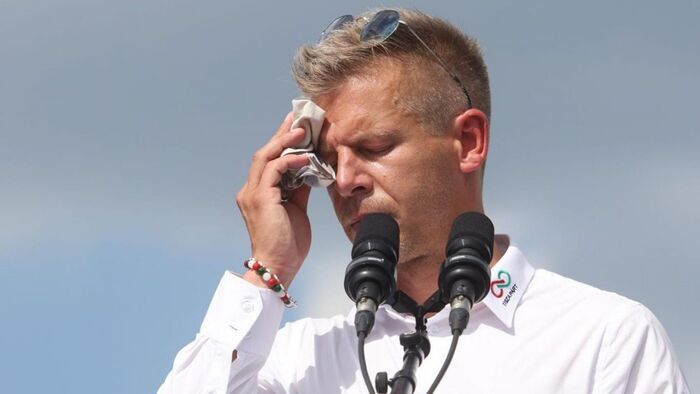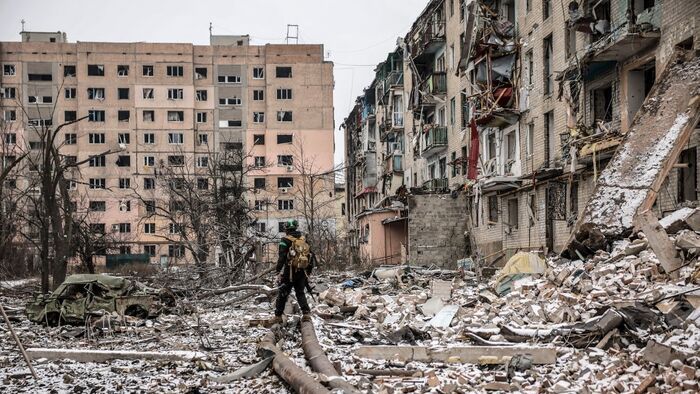"The operational group is still busy working today. The flood wave is expected to peak at Mohacs today and the excess waters will exit the country," said Viktor Orban at Tuesday's press briefing on the situation of the flood on the Danube in Hungary. Although weather forecasters expect some rain, it will have no impact on the flood wave, the Hungarian prime minister added.
After the peaking
The Danube peaked at Baja yesterday, at 925 centimeters at Pandur Island. Houses built in the floodplain are threatened by the water, the municipality is keeping owners informed,
Hungary's prime minister said, highlighting
the ebbing is taking place rapidly, and once the Danube flood waves have receded the focus will be on public health tasks.
"This is why Cecilia Muller, chief medical officer, is here," Viktor Orban said.
Over the past day, a stretch of 510 km was protected. In the major cities along the Danube, the water level was steadily decreasing and the flood wave is no longer expected to breach the protection line, PM Orban said.
During this year's Danube flood, we built 40 km of temporary barriers and 4.5 km of mobile walls. Sandbags that were not used will be taken to municipal and state warehouses, and they will be stored there for the next flood, which hopefully won't come very soon. Sandbags that have been in contact with flood waters will be destroyed,
he explained.
Thousands were helping
He said that thousands of people, including volunteers, soldiers, police and professionals, were involved in the response. "A level exceeding third-degree alert had to be ordered for 40 kilometers. The water experts covered 5,500 kilometers on foot during the flood, roughly twice the distance of the border around Hungary. I covered 1,687 kilometers, but it was easier for me, as I was often driven, but it was still like traveling to Tallinn," he said. He noted that
Before the flood, the Danube's water level in Budapest was at 205 centimeters, and rose to 806 centimeters. At Baja, the water rose from 173 to around 900 centimeters.
The government is expecting to receive proposals from water experts on planning next year's flood protection developments and investments. After that, the government will decide where to extend the permanent dam sections next year or replace the temporary barriers with permanent ones,
PM Orban said in response to questions. He confirmed that he will visit Mohacs today.






















Szóljon hozzá!
Jelenleg csak a hozzászólások egy kis részét látja. Hozzászóláshoz és a további kommentek megtekintéséhez lépjen be, vagy regisztráljon!